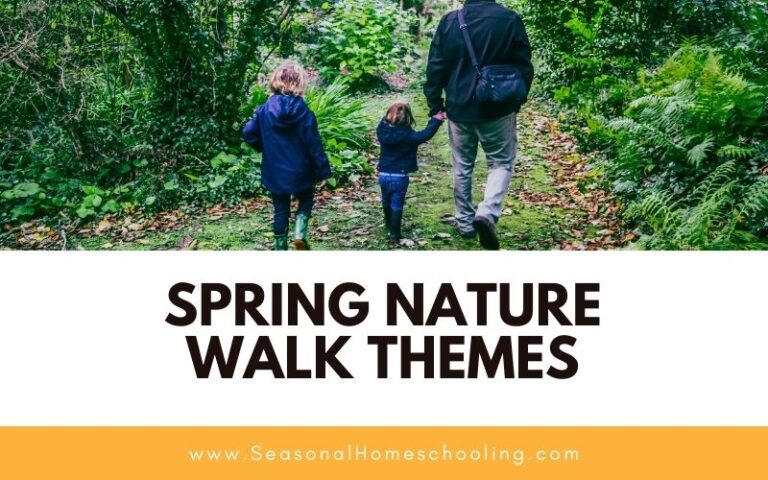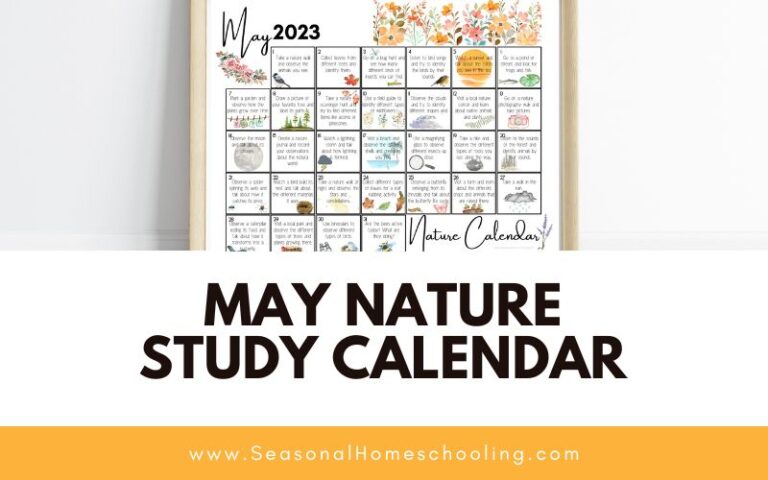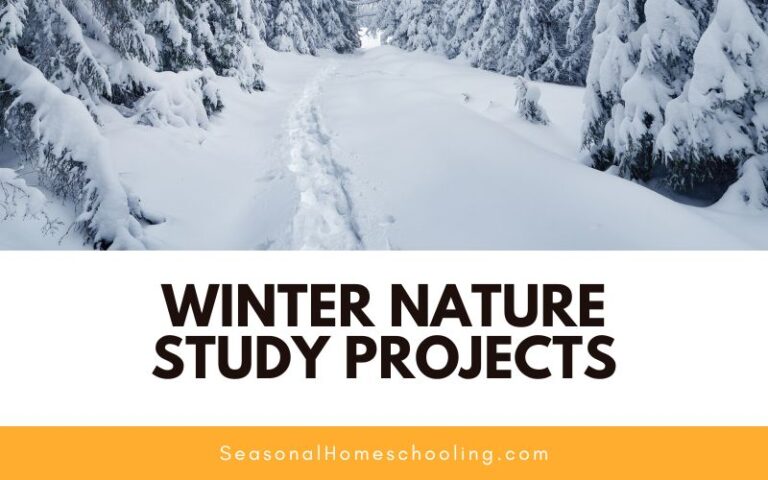Indoor Nature Study Ideas
Just because it’s a rainy day or someone isn’t feeling well enough to go outside doesn’t mean that you have to skip your nature study. Here are a few ideas on how to explore and appreciate nature even when staying inside. There are plenty of ways to explore the outside world through these indoor nature study ideas without getting on screens to do it.

This post contains affiliate links, see my disclosure policy for more information.
Indoor Nature Study Ideas
Nature study has been gaining a lot of attention from homeschoolers who tend to follow a Charlotte Mason style of learning. I think it’s a wonderful concept that many of us can get on board with, though it’s not for everyone due to a range of reasons.
You can easily bring nature indoors with these ideas.
Observing the Weather
It is time to become weather watchers! You can take notice of cloud patterns and track storm systems online.
We look for rainbows.
We discuss the differences in all the varieties of snow. We have recently gotten a small weather station and take notice of interesting changes in temperature.
Studying Space
We enjoy looking at the stars and are fortunate to live somewhere now where we can see many more of them!
Look about the moon phases, and the planets that are visible, and keep an eye out for sightings of the northern lights.
Bird Feeding Station and Bird Bath
Start by feeding birds in your yard with a bird feeder or two. Different types of feed are going to attract different types of birds. Just like you might want to get different kinds of feeders because different birds like to perch and eat differently.

Drive Backroads
We like to take drives in the country, well, we live in the country, but we like to take dirt roads now and then too. There are many ways we do nature study from our car! Here are some ideas.
- Take your car for a monthly trip to the same spot. Stop to admire the view and capture it in a drawing. At least, capture the same view with each season – but it would be even more incredible if you could sketch it once a month!
- See how many trees you can learn to identify by the shape of the trunk and branches.
- Make a list of things you’d like to find and then cross them off on your drive.
- Take a moment to stop and appreciate the beauty of nature when you come across a picturesque spot. Whether it be a vibrant field of flowers, a scenic hill, a tranquil grove of trees, or a field of cows, let your creativity blossom and draw away!
- If you drive in farm country or orchards, see how much you can learn to identify by sight – fruit trees, kinds of crops, etc.
Visit Indoor Nature Centers
Discover the outside world in the comfort of an indoor setting! Here you can explore a wealth of nature-related items like plants, animals, insects, rocks, and more. It’s a great way to learn about the outdoors without ever having to leave the house.
Indoor Nature Centers include:
- nature centers
- museums
- botanical gardens
- taxidermists
- large sporting goods stores
They offer lots of opportunities for indoor people to interact with nature in a positive way.






